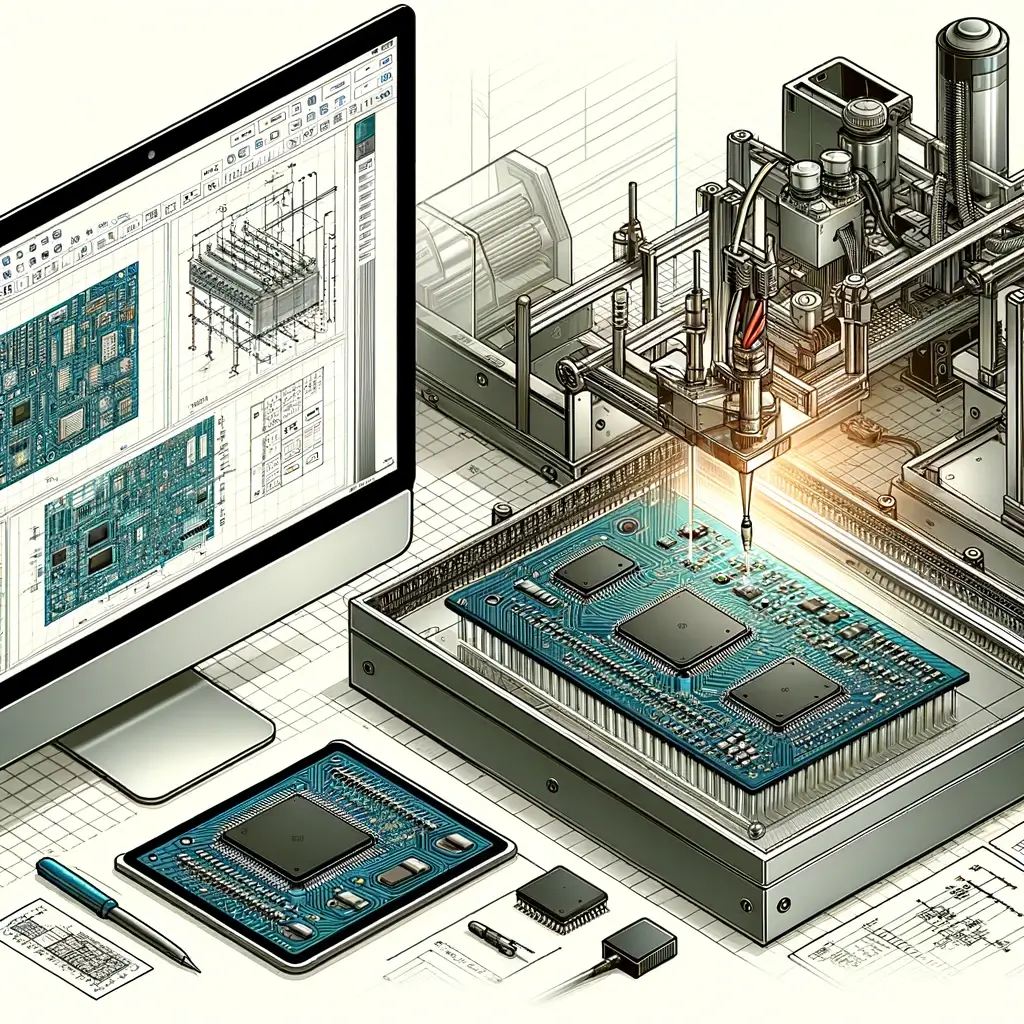A Quick Intro Guide to the PCB Assembly Process
Simply put, circuit board prototyping is incredibly complex. There are different components needed for each different process, and arguably the PCB assembly is one of the most important. After all, there is no point to your board if it is not assembled properly!
Are you a prototype printed circuit board enthusiast? If you are looking to develop your hobby a little bit more, it is incredibly important that you know the basics of prototype PCB assembly. Here we give an overview of the entire process.
Before we go into detail, it is important to understand that with these steps, it is assumed that surface mount technology (SMT) is used for the application of all mount components. Even though both rigid and flexible printed circuit boards have been common since the development of the Auto-Sembly process back in the mid-1950s, the PCB industry has mostly changed their fabrication methods to SMT.
Number one: Solder Paste
Before any components can be added to the board, the engineer must add a layer of solder paste. The idea is pretty simple; the solder paste is applied to component pads, and the application itself is made possible with a solder screen. Once the screen is placed on the board, the engineer will squeeze small amounts of the solder through the holes on the screen, ensuring that the solder only touches the component pads. However, this can be tricky because the exact same amount of solder must be on each pad.
Number two: Pick and Place
Once the solder is dry and secure, the proper components are then picked out and placed into their position on the PCB. There is enough tension from the solder paste to keep them secure until the engineer jolts the board, but sometimes, small dots of glue can be used as a backup.
Number three: Soldering
When everything is placed where it should be, the board will then go through the soldering machine.
Number four: Inspection
This may be the most important step in PCB assembly. The engineer will manually go through each board to ensure all of the joints and components are where they need to be and are in working order.
Number five: Test
At this point, it is time to have fun with your board and test it!
With these tips in mind, you are on your way to creating an impressive prototype circuit board that you will want to show off.



